Categories
Latest Updates
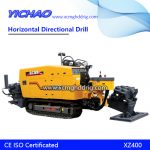
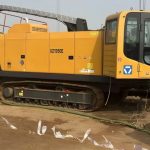
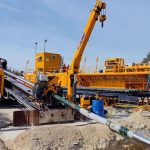
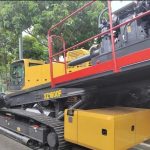
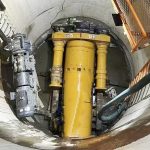
Municipal road drainage system is one of the important facilities to ensure the normal use of urban municipal facilities. Therefore, in the process of pipeline repair, ensuring the construction quality is a crucial aspect. However, in the process of pipeline repair, due to various reasons, some small problems will inevitably occur, such as water leakage in the pipeline. So what should I do if the pipeline leaks during the pipeline repair process?
Possible reasons for the treatment measures for pipeline leakage during the pipeline repair process:
Uneven subsidence of the foundation, poor construction quality of pipes and their joints, poor sealing at the end of the closed water section, and poor construction quality of the well body can all cause water leakage.
Measures for the treatment of water leakage in the pipeline during the pipeline repair process:
1. Poor foundation conditions of the pipeline will lead to uneven subsidence of the pipeline and foundation, generally causing local water accumulation, and in severe cases, the pipeline will break or the interface will crack.
(1) Conscientiously construct according to the pipeline repair design requirements to ensure the strength and stability of the pipeline foundation. When the local foundation geology and hydrological conditions are poor, soil replacement should be carried out to improve the treatment to improve the bearing capacity of the bottom of the foundation trench.
(2) If the soil at the bottom of the tank is disturbed or soaked in water, the soft soil layer should be excavated first, and the over-excavation part should be backfilled with materials with good stability such as mixed sandstone or gravel.
(3) When excavating earthwork below the groundwater level, effective measures should be taken to prevent drainage and dewatering at the bottom of the trench to ensure dry trench excavation. If necessary, a 20cm-thick soil layer can be reserved at the bottom of the trench. Dig and clear.
2. The quality of the pipe is poor, there are cracks or local concrete is loose, the impermeability is poor, and the capacity causes water leakage. Hence the requirement:
(1) The pipes used for pipeline repair must be provided with certificates and mechanical test reports by the quality department.
(2) The appearance quality of the pipe requires a smooth surface without loose, exposed and honeycomb surface.
(3) Check again section by section before installation, and those that have been found or have quality doubts should be ordered to leave the site or can be used after effective treatment.
3. The filling and construction quality of the pipe interface is poor, and the pipe is damaged or the interface is cracked under the action of external force. The preventive measures are as follows:
(1) Select the interface filler of good quality and organize the construction according to the test mix ratio and reasonable construction technology.
(2) During the construction of the wiping tape, the joints should be clean, and if necessary, they should be chiseled, and then carefully constructed according to the construction operating procedures.
4. The construction quality of the inspection well is poor, and the well wall and the joint of the connecting pipe are leaking. Preventive measures:
(1) The inspection well masonry mortar should be full, and the joints should not be missed. Clean and wet the surface before wiping, and calender and maintain it in time when wiping. In case of groundwater, plastering and jointing should be completed in time with the masonry, and internal plastering or internal jointing should not be carried out after backfilling.
(2) The outer surface of the pipe connected to the inspection well should be wetted and evenly brushed with a layer of cement slurry, and then the inner and outer surfaces should be plastered after the slurry is in place to prevent leakage.
5. The sealing of the reserved branch pipes is not tight, and it is often ignored because it is in the well. If the brick wall is used for sealing, the following points should be paid attention to:
(1) Before blocking, the inner wall of the pipe within a range of about 0.5m from the pipe mouth should be cleaned, painted with cement slurry, and the bricks used should be wetted for use.
(2) The grade of plugging mortar should not be lower than M7.5 and have good consistency.
(3) The grade of cement mortar used for jointing and plastering shall not be lower than M15. When the diameter of the pipe is large, only the outer single-sided jointing or plastering shall be used when the inner and outer sides are small. The plastering surface should be constructed according to the waterproof 5-layer construction method.
(4) Under normal circumstances, sealing and masonry shall be carried out before masonry of inspection wells, so as to ensure the quality.
To sum up, it is the cause of the leakage of water in the pipeline during the pipeline repair process and the corresponding treatment measures. In order to ensure that there will be no leakage of water in the pipeline during the pipeline repair process, we should pay attention to the operation of the closed water test. Because the closed water test is a comprehensive inspection of the pipeline repair construction and material quality, it is inevitable that there will be three or two failures. At this time, the leaks should be marked one by one, and the water in the pipe should be drained for careful treatment. For small gaps or pockmarked surface leakage, cement slurry or waterproof paint can be used, and the more serious ones should be reworked. Serious leakage can be handled by professional technicians in addition to replacing pipes and refilling the interface. Do the test after treatment, and repeat until the closed water is qualified.
